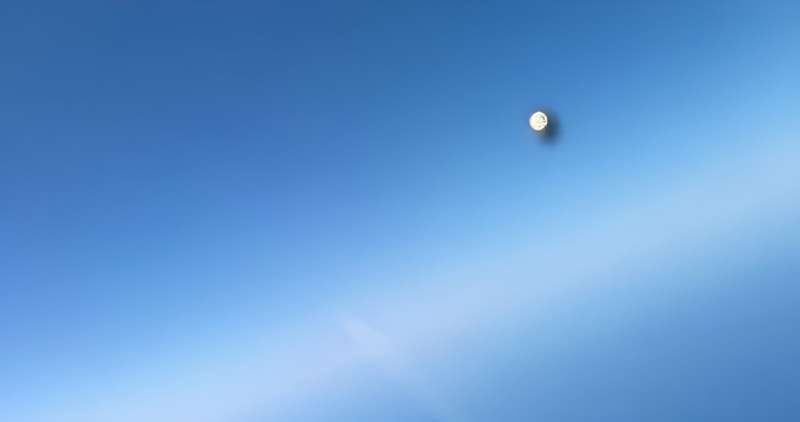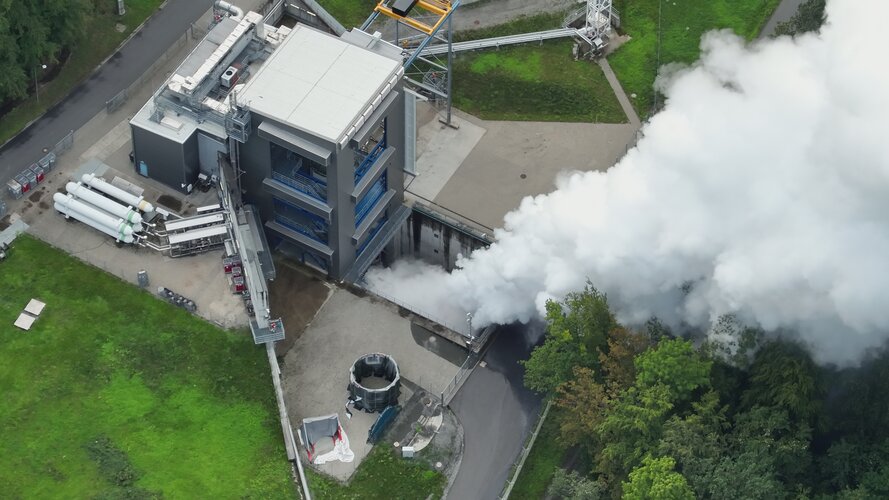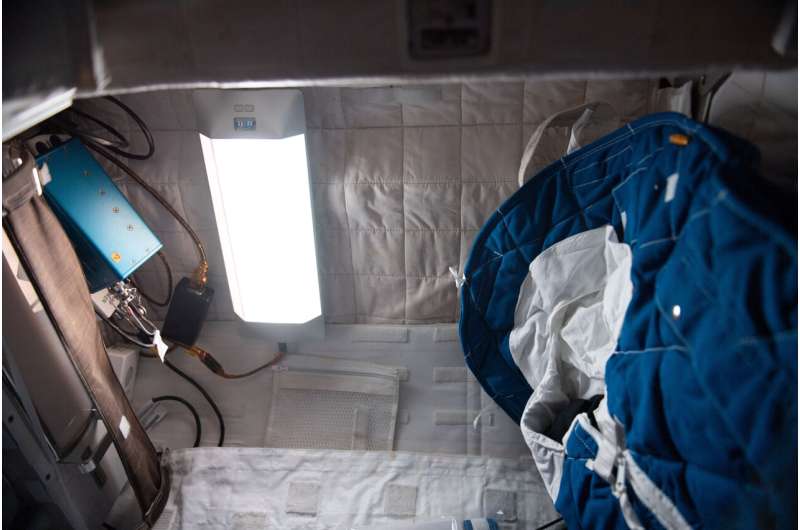
Copernical Team
NASA spots new Moon crater, likely caused by crashed Russian probe
 NASA has spotted a small new crater on the Moon that was likely caused by a Russian probe crash landing on the surface around two weeks ago.
The finding was made by the Lunar Reconnaissance Orbiter (LRO) by comparing before and after images of the estimated impact point, provided by Russian space agency Roscosmos.
The Luna-25 probe crashed on August 19, scuppering Russia's hopes of reviv
NASA has spotted a small new crater on the Moon that was likely caused by a Russian probe crash landing on the surface around two weeks ago.
The finding was made by the Lunar Reconnaissance Orbiter (LRO) by comparing before and after images of the estimated impact point, provided by Russian space agency Roscosmos.
The Luna-25 probe crashed on August 19, scuppering Russia's hopes of reviv From the Moon to the Sun: India launches next space mission
 The latest mission in India's ambitious space programme blasted off Saturday on a voyage towards the centre of the solar system, a week after the country's successful unmanned Moon landing.
Aditya-L1 launched shortly before midday, with a live broadcast showing hundreds of spectators cheering wildly against the deafening noise of the rocket's ascent.
"Launch successful, all normal," an
The latest mission in India's ambitious space programme blasted off Saturday on a voyage towards the centre of the solar system, a week after the country's successful unmanned Moon landing.
Aditya-L1 launched shortly before midday, with a live broadcast showing hundreds of spectators cheering wildly against the deafening noise of the rocket's ascent.
"Launch successful, all normal," an Pentagon unveils new website for reporting (and learning about) UFOs

The Pentagon has opened up a new portal for professionals to submit reports about UFOs—now officially known as unidentified anomalous phenomena, or UAPs—and for the rest of us to find out about the reports that have been released.
AARO.mil, the website for the All-domain Anomaly Resolution Office, is still a work in progress. For example, a promised online form for contacting the AARO is labeled as "Coming Soon." But the version unveiled today offers eight videos showing UAPs, plus archives for congressional reports and briefings, press releases and links to other resources.
"The website will serve as a one-stop shop for all publicly available information related to AARO and UAP," Air Force Brig. Gen. Pat Ryder, the Department of Defense's press secretary, said today during a briefing.
Trial by fire for Ariane 6’s upper stage

Validation testing continues for ESA’s all-new Ariane 6 launch vehicle, with firing of its two upper stage engines to simulate the way they will have to operate together during a flight.
Week in images: 28 August - 01 September 2023

Week in images: 28 August - 01 September 2023
Discover our week through the lens
Hera asteroid mission here
 Image:
Hera asteroid mission here
Image:
Hera asteroid mission here Thermometer molecule confirmed on exoplanet WASP-31b
 Chromium hydride (CrH), a molecule that's relatively rare and particularly sensitive to temperature, is useful as a "thermometer for stars," according to astronomer Laura Flagg, because it's abundant only in a narrow range between 1,200-2,000 degrees Kelvin.
Flagg, a research associate in astronomy in the College of Arts and Sciences (A&S), has used this and other metal hydrides to determi
Chromium hydride (CrH), a molecule that's relatively rare and particularly sensitive to temperature, is useful as a "thermometer for stars," according to astronomer Laura Flagg, because it's abundant only in a narrow range between 1,200-2,000 degrees Kelvin.
Flagg, a research associate in astronomy in the College of Arts and Sciences (A&S), has used this and other metal hydrides to determi Newly discovered planet has longest orbit yet detected by the TESS mission
 Of the more than 5,000 planets known to exist beyond our solar system, most orbit their stars at surprisingly close range. More than 80 percent of confirmed exoplanets have orbits shorter than 50 days, placing these toasty worlds at least twice as close to their star as Mercury is to our sun - and some, even closer than that.
Astronomers are starting to get a general picture of these plane
Of the more than 5,000 planets known to exist beyond our solar system, most orbit their stars at surprisingly close range. More than 80 percent of confirmed exoplanets have orbits shorter than 50 days, placing these toasty worlds at least twice as close to their star as Mercury is to our sun - and some, even closer than that.
Astronomers are starting to get a general picture of these plane LRO data helping NASA prepare for Artemis astronauts on the Moon
 When astronauts set off for a trip around the Moon in 2024 with NASA's Artemis II mission, they will go primed with knowledge of lunar landmarks gathered by one of the Agency's premiere robotic missions to our nearest cosmic neighbor. NASA's Lunar Reconnaissance Orbiter (LRO), launched in 2009, has returned a treasure trove of scientific data in its fourteen years of operation, but this is not a
When astronauts set off for a trip around the Moon in 2024 with NASA's Artemis II mission, they will go primed with knowledge of lunar landmarks gathered by one of the Agency's premiere robotic missions to our nearest cosmic neighbor. NASA's Lunar Reconnaissance Orbiter (LRO), launched in 2009, has returned a treasure trove of scientific data in its fourteen years of operation, but this is not a 

